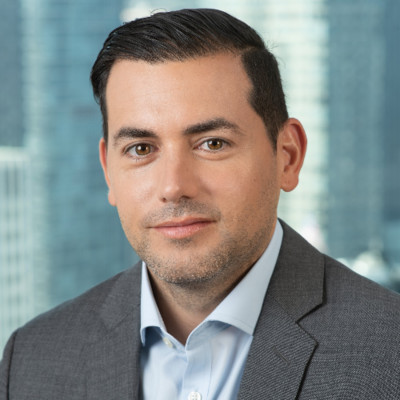Cesar Bello of Corbin Capital Discusses Litigation Funding as an Investment

 Public
Public
Pogust Goodhead, the UK law firm leading one of the largest group actions ever brought in the English courts, is seeking an interim costs payment of £113.5 million in the litigation arising from the 2015 Mariana dam collapse in Brazil.
According to an article in Law Gazette, the application forms part of a much larger costs claim that could ultimately reach approximately £189 million. It follows a recent High Court ruling that allowed the claims against BHP to proceed, moving the litigation into its next procedural phase. The case involves allegations connected to the catastrophic failure of the Fundão tailings dam, which resulted in 19 deaths and widespread environmental and economic damage across affected Brazilian communities.
Pogust Goodhead argues that an interim costs award is justified given the scale of the proceedings and the substantial expenditure already incurred. The firm has highlighted the significant resources required to manage a case of this size, including claimant coordination, expert evidence, document review, and litigation infrastructure. With hundreds of thousands of claimants involved, the firm maintains that early recovery of a portion of its costs is both reasonable and proportionate.
BHP has pushed back against the application, disputing both the timing and the magnitude of the costs being sought. The mining company has argued that many of the claimed expenses are excessive and that a full assessment should only take place once the litigation has concluded and overall success can be properly evaluated.
The costs dispute underscores the financial pressures inherent in mega claims litigation, particularly where cases are run on a conditional or funded basis and require sustained upfront investment over many years.
Litigation Capital Management has disclosed a significant adverse costs exposure following the unsuccessful conclusion of a funded Australian class action, underscoring the downside risk that even established funders face in large-scale proceedings.
An article in Sharecast reports that the AIM-listed funder revealed that the Federal Court of Australia has now quantified costs in a Queensland-based class action brought against state-owned energy companies Stanwell Corporation and CS Energy. The court ordered costs of AUD 16.2 million in favour of each respondent, resulting in a total adverse costs award of AUD 32.4 million. The underlying claim was dismissed earlier, and the costs decision represents the next major financial consequence of that loss.
While LCM had after-the-event insurance in place to mitigate adverse costs exposure, that coverage has now been exhausted. After insurance, an uninsured balance of AUD 19.9 million remains. LCM expects to contribute AUD 12.9 million of that amount directly, with the remaining balance to be met by investors in its Fund I vehicle.
The company has emphasized that the costs awarded were standard party-and-party costs, not indemnity costs, and stated that the outcome does not reflect adversely on the merits of the claim or the conduct of the proceedings. Nonetheless, the market reacted sharply, with LCM’s share price falling by more than 14% following the announcement.
LCM also confirmed that it has already lodged an appeal against the substantive judgment, with a two-week hearing scheduled to begin in early March. In parallel, the funder is considering whether to challenge the costs quantification itself, alongside an appeal being pursued by the claimant. The company noted that discussions with its principal lender are ongoing and that its previously announced strategic review remains active, with further updates expected in the coming months.
The litigation finance market is poised for significant activity in 2026 after a period of uncertainty in 2025. A recent JD Supra analysis outlines key challenges that can derail deals in this evolving space and offers guidance on how industry participants can navigate them effectively.
The article explains that litigation finance sits at the intersection of law and finance and presents unique deal complexities that differ from other private credit or investment structures. While these transactions can deliver attractive returns for capital providers, they also carry risks that often cause deals to collapse if not properly managed.
A central theme in the analysis is that many deals fail for three primary reasons: a lack of trust between the parties, misunderstandings around deal terms, and the impact of time. Term sheets typically outline economic and non-economic terms but may omit finer details, leading to confusion if not addressed early. As the diligence and documentation process unfolds, delays and surprises can erode confidence and derail negotiations.
To counter these pitfalls, the piece stresses the importance of building trust from the outset. Transparent communication and good-faith behavior by both the financed party and the funder help foster long-term goodwill. The financed party is encouraged to disclose known weaknesses in the claim early, while funders are urged to present clear economic models and highlight potential sticking points so that expectations align.
Another key recommendation is ensuring all parties fully understand deal terms. Because litigation funding recipients may not regularly engage in such transactions, well-developed term sheets and upfront discussions about obligations like reporting, reimbursements, and cooperation in the underlying litigation can prevent later misunderstandings.
The analysis also underscores that time kills deals. Prolonged negotiations or sluggish responses during diligence can sap momentum and lead parties to lose interest. Setting realistic timelines and communicating clearly about responsibilities and deadlines can keep transactions on track.